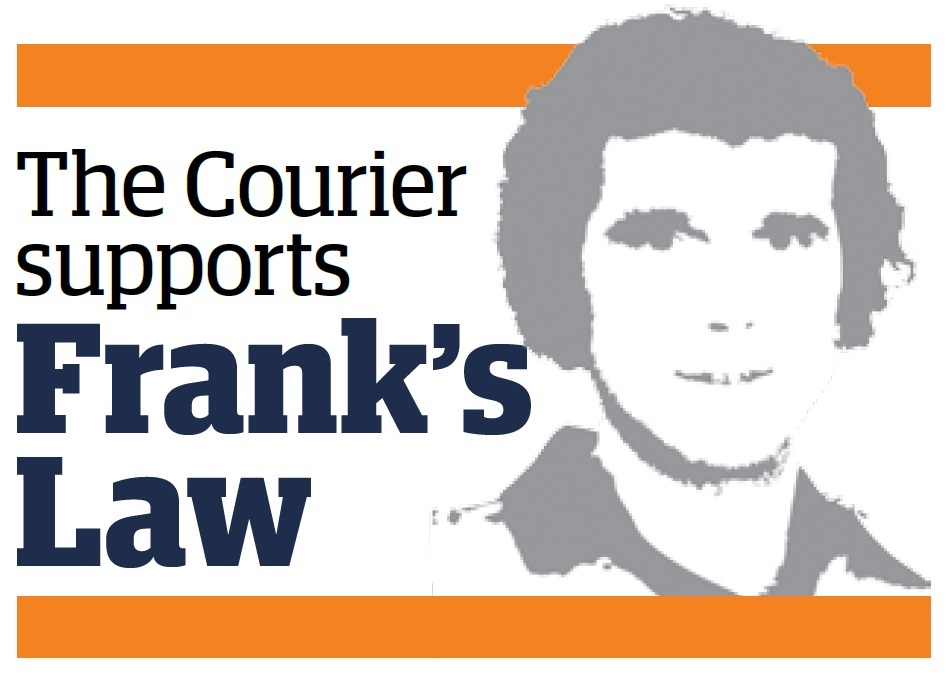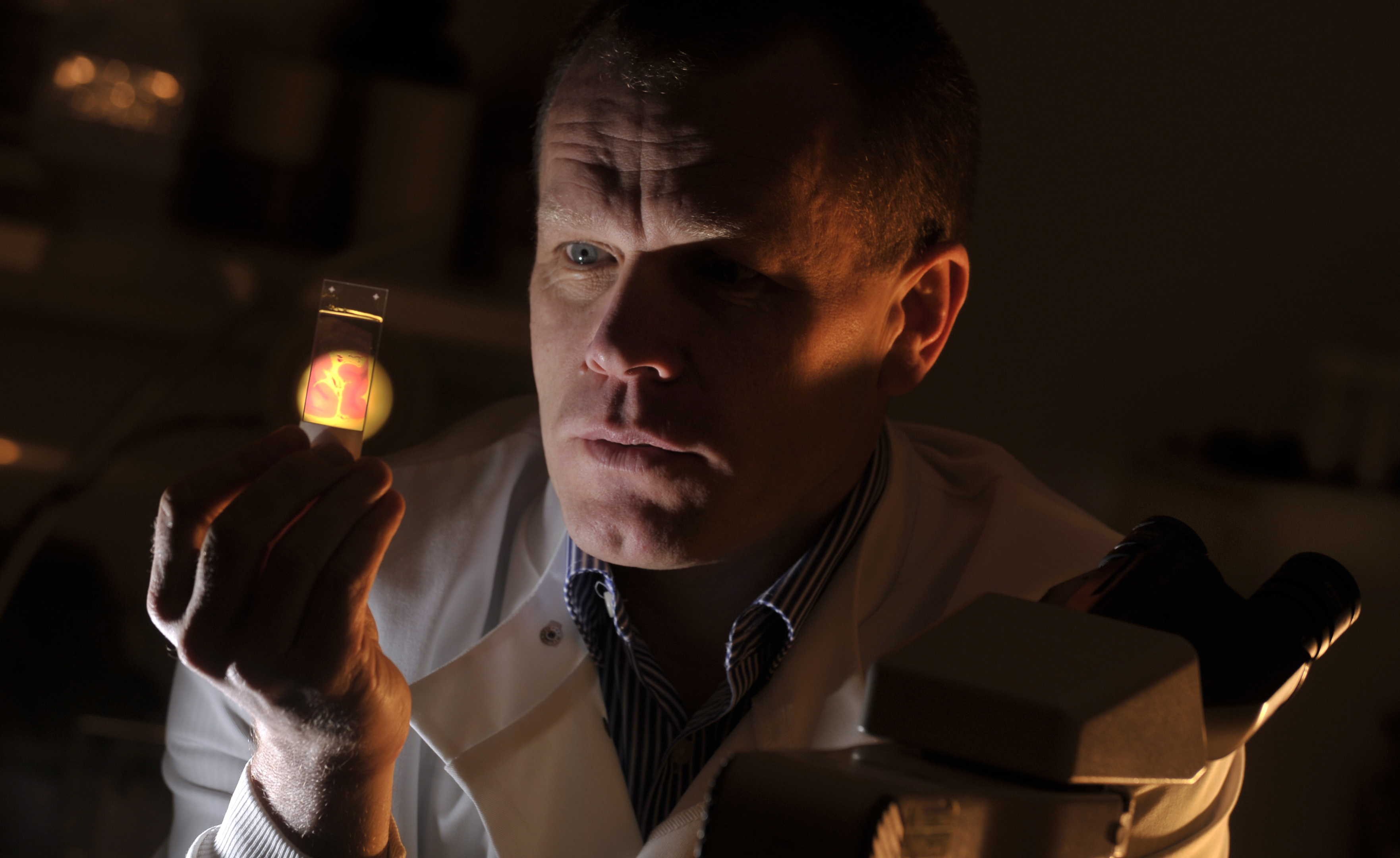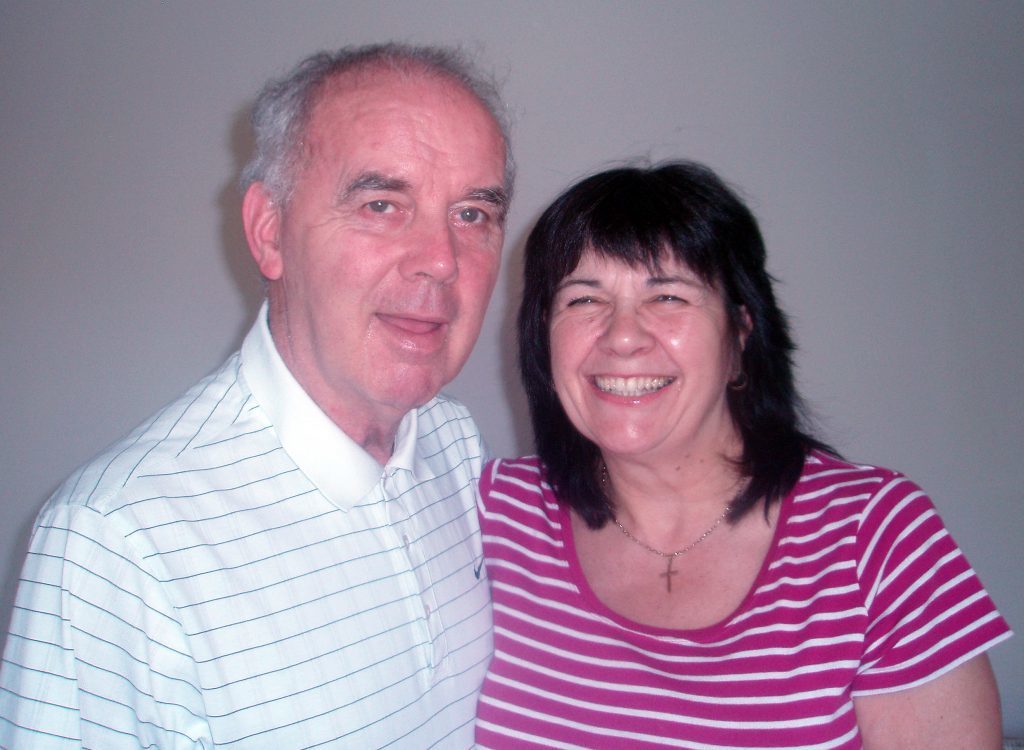The world-leading neuropathologist who diagnosed Jeff Astle with a brain condition normally linked to boxers will tell a Tayside seminar that more must be done to explore the link between sport and dementia.
Dr Willie Stewart – who carried out a re-examination of the former England international’s brain in 2014 – will be introduced by Amanda Kopel who believes her late husband Frank’s dementia was also caused by chronic traumatic encephalopathy (CTE).
Mrs Kopel suspects his dementia was caused by years spent heading a hard leather football — like former England striker Jeff Astle, the first confirmed case of CTE in English football.
Dr Stewart, who is a consultant neuropathologist at the Queen Elizabeth University Hospital in Glasgow, will deliver his talk on Wednesday at Dundee University’s Dalhousie Building at 2pm.
He told The Courier: “Brain injury has long been recognised as one of the strongest risk factors for dementia but despite that it has received remarkably little attention.

“Up to around a decade ago there was an incorrect assumption that it was a problem confined to survivors of moderate or severe brain injury such as road traffic accidents or boxers.
“In the past decade, increasing reports of pathology proven disease, now known as chronic traumatic encephalopathy (CTE), in non-boxer athletes such as American footballers, rugby players and footballers have shown that it is brain injury that is the risk, no matter the sport.
“However, with recent attention there is cause to look back and see that the issue has been raised before in football, most notably with Jeff Astle’s death in 2002.
“Then football was alerted to a possible link between playing that sport and dementia and at that time the FA and PFA promised to explore that link.
“Fourteen years later we are no further forward and that research has never happened.
“Indeed, it is no closer to happening now than in the past 14 years.”
In 2002, ex-England and West Brom striker Jeff Astle died aged 59 and Dr Stewart examined his brain in 2014.
Astle was originally diagnosed with early onset Alzheimer’s but Dr Stewart said he actually had CTE which had been caused by heading footballs.
That’s certainly the view of his family, who formed the Jeff Astle Foundation in 2015 with the primary aim of raising awareness of brain injuries in all sports.
Dr Stewart added: “Despite 90 years of awareness in boxers, the diagnosis can still only be made after post-mortem examination.
“As such, there are undoubtedly patients diagnosed with Alzheimer’s Disease or another form of dementia who have CTE, but just not recognised as such.
“In my view, this brain injury associated dementia is incredibly important in understanding wider dementias.
“Our research has shown that many of the pathologies in wider dementia are also present in CTE.
“However, the difference in CTE is that we know when the initiating event was – the brain injury (or injuries in sport).
“This makes it almost unique in dementia, where typically patients have extensive disease by the time they come to clinical attention or enter research.”
Mrs Kopel said: “I have the ultimate respect for the man and his research.
“His help has been so instrumental in coming to terms with what caused Frankie’s dementia.
“He really was the only one who recognised and understood my concerns when I spoke about the diagnosis which we had originally been given, and which, as it turned out, was wrong.”






